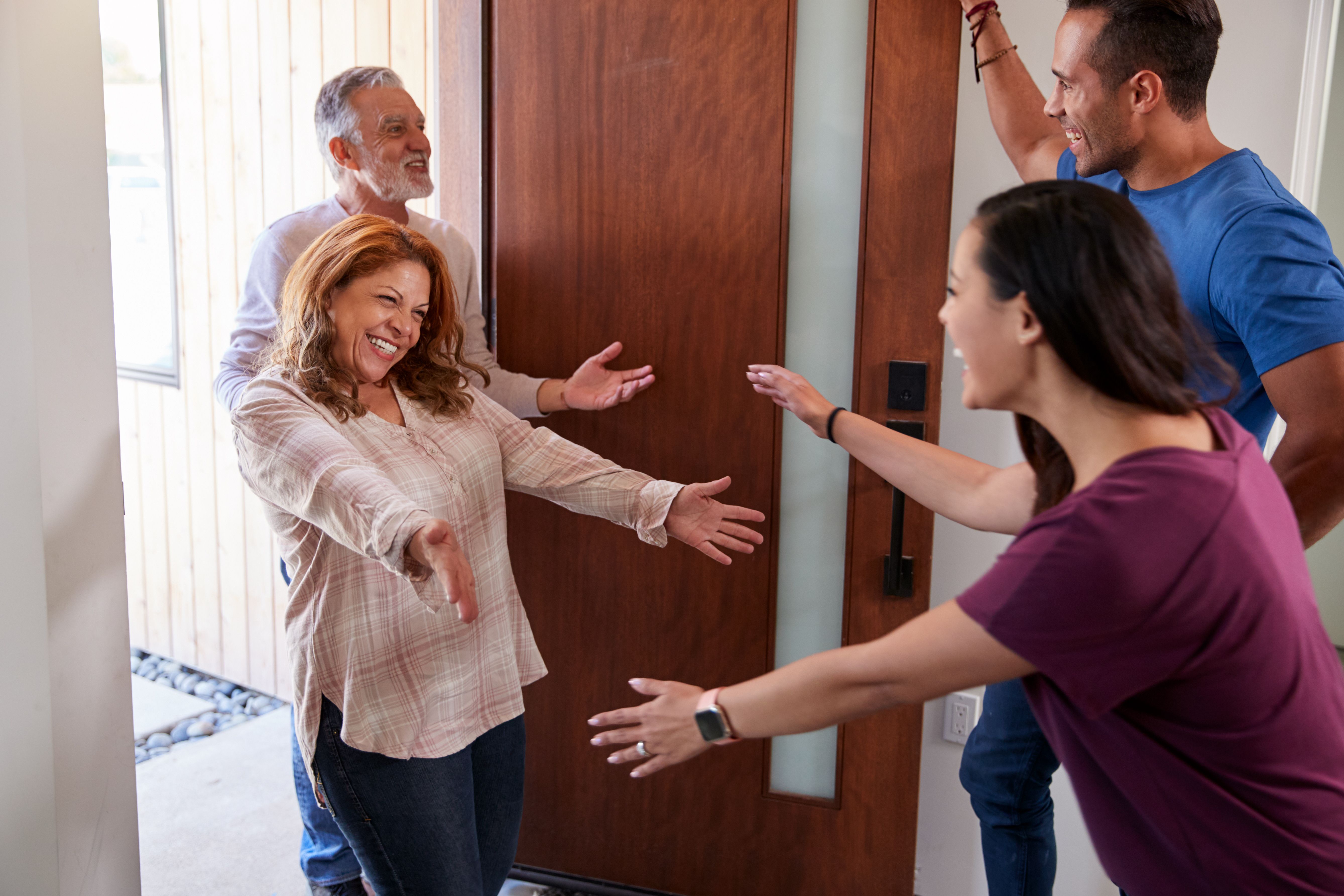Expert Tips for a Smooth Transition to Assisted Living
Understanding the Decision
Transitioning to assisted living is a significant decision for seniors and their families. It's often a choice made out of necessity, but it can also be an opportunity for enhanced social interaction and a higher quality of life. Understanding the reasons behind the move and discussing them openly with loved ones can help ease the transition and ensure that everyone is on the same page.

Researching the Options
Before making any decisions, it's crucial to research and compare different assisted living facilities. Consider factors such as location, amenities, cost, and the level of care provided. Visiting potential communities in person can provide a better sense of the environment and help assess whether it feels like a suitable new home. Making a checklist of must-have features can guide this process effectively.
Preparing for the Move
Once a facility has been chosen, preparation for the move is the next step. Downsizing is often necessary, and this can be an emotional experience. Encourage your loved one to keep items with sentimental value and consider donating or selling things that are no longer needed. This process can be therapeutic and help in letting go of the past while embracing a new chapter.

Involving Your Loved One
Involving your loved one in the decision-making process is crucial. Allow them to express their preferences about what to bring and how they want their new space to look. Personalizing their living area with familiar items, such as family photos or favorite books, can make it feel more like home. Empowering them to make choices fosters a sense of control and comfort.
Building a Support Network
Creating a support network is vital during this transition. Family and friends should be encouraged to visit regularly, helping to maintain connections and stave off feelings of isolation. The staff at assisted living facilities can also provide support by introducing new residents to community activities and social groups.

Adapting to a New Routine
Adjusting to a new routine takes time. Encourage your loved one to participate in activities offered by the facility, such as fitness classes, art workshops, or social events. These activities not only keep residents active but also provide opportunities to make new friends, which is crucial for emotional well-being.
Monitoring Progress
Once your loved one has moved in, it's important to monitor their progress and address any concerns that may arise. Regular check-ins can help identify any issues early on, allowing for prompt resolution. Open communication with both your loved one and the facility's staff is essential to ensuring that they are settling in comfortably and receiving adequate care.

Seeking Professional Guidance
If challenges persist or if there are concerns about the quality of care, seeking professional guidance can be beneficial. Geriatric care managers or social workers specializing in elder care can provide valuable insights and assistance in navigating any obstacles that may arise during this transition.
Embracing the Change
Ultimately, embracing the change with positivity can make all the difference. Although transitions can be difficult, focusing on the benefits of assisted living—such as increased safety, social opportunities, and access to healthcare—can help your loved one see this move as a positive step forward. With support, understanding, and patience, the transition to assisted living can lead to a fulfilling and enriching new chapter.